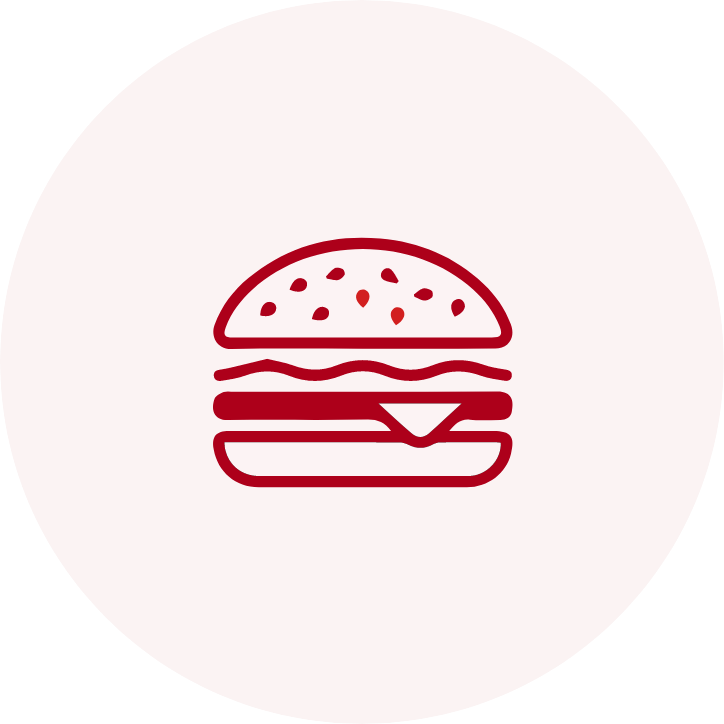It’s no secret that the job seeker’s landscape has changed dramatically since the COVID-19 pandemic. But as we navigate the aftermath, it’s crucial for business owners and managers to understand how these changes affect the hiring process, especially for hourly workers in fast-food restaurants, convenience stores, and hotels. This blog will explore the pre-pandemic job seeker experience, the rapid shifts and reactionary changes during COVID-19, the ongoing impact of generational gaps, and how the increased options for job seekers have shifted the employer-employee dynamic. Finally, we’ll discuss how innovative solutions can bridge the gap, benefiting both job seekers and employers.
A Reminder of the Job Seeker’s Experience Pre-COVID-19
Before COVID-19, the process of hiring hourly employees was already outdated, inefficient, and fundamentally broken. Job seekers often faced a laborious application process that was anything but user-friendly. Traditional hiring methods were stuck in the past. Candidates frequently encountered long waiting periods for responses, if they received any at all, and were often met with impersonal, bureaucratic hurdles that made job hunting a stressful experience.
This may feel all too familiar to the application process today. So, while the pandemic didn’t help, the application process wasn’t all sunshine and rainbows beforehand.
The (Potentially Inevitable) Spur of Change
COVID-19 acted as a catalyst for change in the hiring landscape, bringing about rapid shifts and creating a sense of urgency among employers and job seekers. The pandemic led to an unprecedented increase in unemployment rates, peaking at 14.7% in April 2020. In response, HR tech providers introduced reactionary features like “one-click apply” to boost applicant flow and fill open positions. However, these quick fixes often led to an overwhelming number of applications, exacerbating the problem rather than solving it.
Other efforts, such as offering sign-on bonuses and financial incentives, initially seemed beneficial but soon revealed their limitations. For example, while some Amazon warehouses and McDonald’s locations offered substantial bonuses to attract workers, these measures created new long-term issues, such as increased operational costs and a reliance on short-term hiring strategies that failed to address the underlying systemic problems.
Widening Generational Gaps
While COVID-19 played a significant role in reshaping the job market, generational gaps have also contributed to the evolving dynamics. The differences in expectations and communication styles between Baby Boomers, Gen Xers, Millennials, and Gen Zers have made the hiring process more complex.
Younger generations, particularly Millennials and Gen Zers, are accustomed to fast, efficient communication and expect quick responses from potential employers. In contrast, many employers, especially those from older generations, are not equipped to meet these expectations, leading to frustration on both sides. We actually conducted a survey which found that 50% of applicants expect to hear back from an employer within three days of an application. For some, it was only 24 hours. This generational disconnect underscores the need for updated hiring practices that can bridge these gaps.
More Options for Applicants, More Frustration for Employers
Did you know that there are still so many job openings that even if every unemployed person got a job, it still wouldn’t meet demand? Basically, job seekers now have more options than ever, combined with the ability to apply to dozens of jobs in minutes, leading to increased instances of ghosting and no-shows at interviews. It often comes down to whoever contacts them first, leaving the other managers waiting, wondering, and scrambling to fill positions.
It’s also important to note that many people applying for all these opportunities are already employed and, understandably, are interested in seeing what else is out there with better pay or benefits. When they do switch jobs, it has several negative consequences for their previous company. The cost of turnover is significant; according to the Center for Hospitality Research at Cornell, it can cost up to $5,864 to replace a frontline hospitality employee. And that’s just the financial impact. This turnover not only affects the bottom line but also affects team morale, productivity, and even the customer experience.
Sprockets: The Solution to Satisfy Both Parties
Despite these challenges, there is hope for employers and job seekers alike. Solutions like Sprockets are helping to bridge the gap by providing tools that streamline the hiring process and improve retention rates. Sprockets uses conversational AI to automatically source, screen, and schedule interviews with ideal applicants in minutes, not days. This technology helps employers identify candidates who are the best fit for their company culture, leading to higher employee satisfaction and lower turnover rates.
Schedule a free demo today to see how Sprockets can reduce time-to-hire, interview no-shows, employee turnover, and so much more!



























